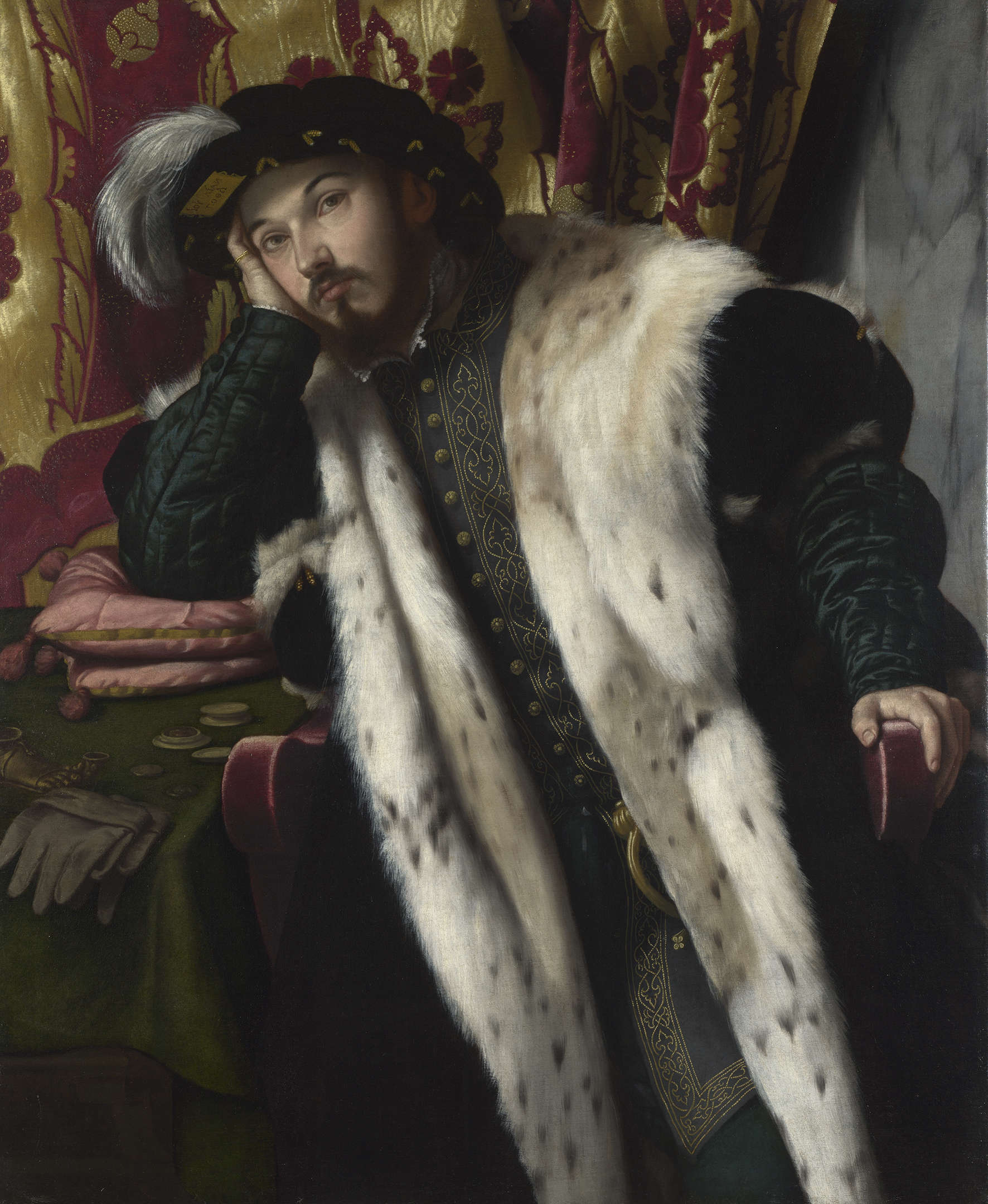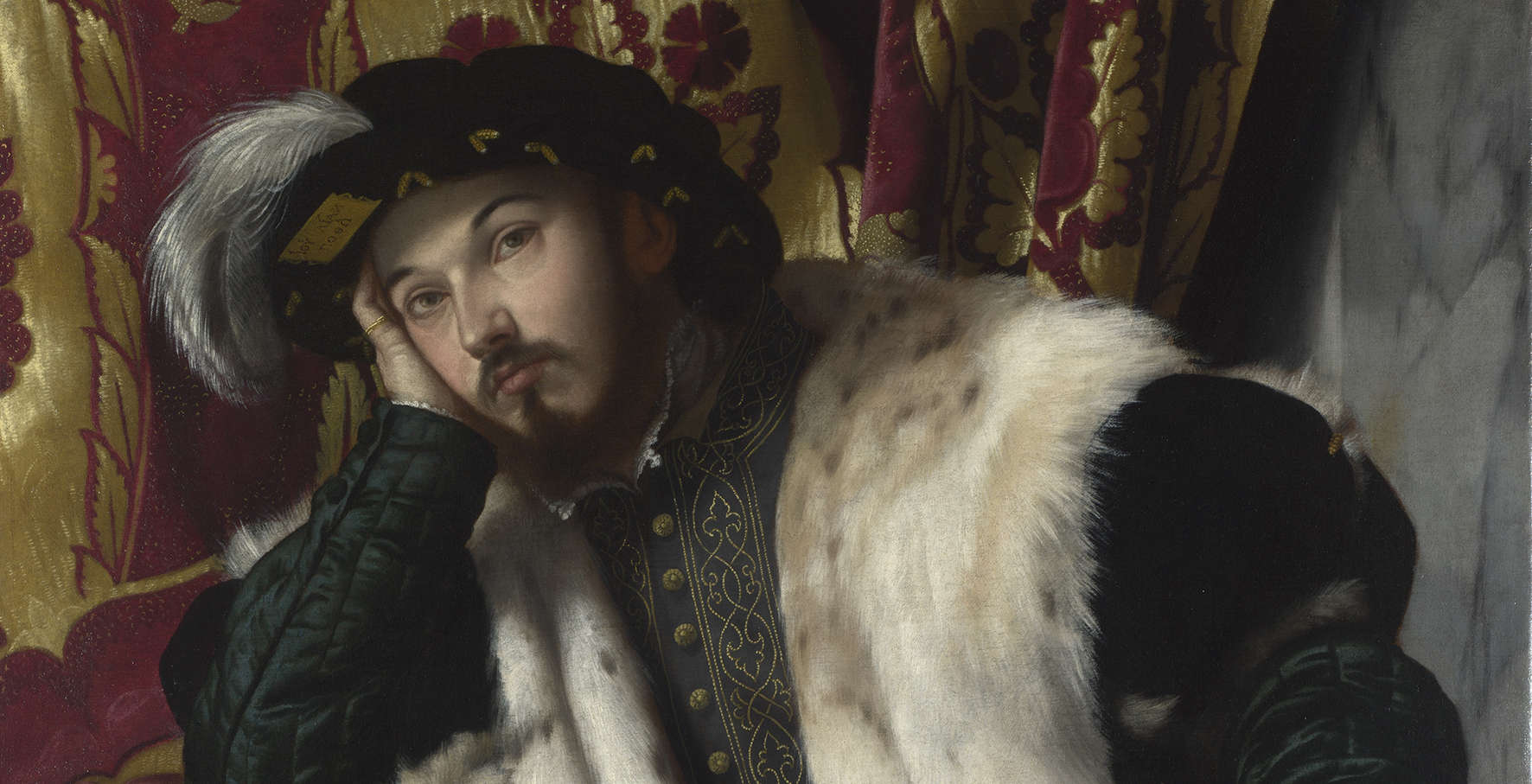Brescia, a major exhibition on the Brescian Renaissance at the Museum of Santa Giulia
From October 18, 2024 to February 16, 2025, Brescia is hosting a major exhibition dedicated to the Renaissance in the city that starts with a long series of questions. How did people live in the sixteenth century in one of the most populous cities of modern Europe? What feelings were stirring the souls? What fashions were in vogue? How was a city set on fire and flame, with what weapons? To what saints was one devoted? To whom was protection sought? How was one informed? How did one dress and how was one portrayed? How did one get married? What about the role of women? What books were read, what music was listened to? What was the relationship with nature and the ancient? What about love? And what side was death on? What made Brescian painting extraordinary? And what set it as the basis for Caravaggio’s artistic revolution? Who was Fortunato Martinengo? These are the questions that The Renaissance in Brescia seeks to answer. Moretto, Romanino, Savoldo. 1512-1552, the new exhibition by Fondazione Brescia Musei, curated by Roberta D’Adda, Filippo Piazza and Enrico Valseriati.
An itinerary with more than 50 works of art, with national and international loans, trying to restore the spirit of an era to today’s public. Too often the sixteenth-century Brescia with Alessandro Bonvicini known as Moretto (Brescia, c. 1498 - 1554), Girolamo da Romano known as Romanino (Brescia, 1484/1487 - 1560) and Giovanni Girolamo Savoldo (Brescia, c. 1480 - post 1548) has been recounted as an isolated episode, confined to art history: this project aims to demonstrate something quite different, namely, a result of facts, feelings, and a context that links the history of men and women, politics, culture, and religion to art. In particular, the goal is to testify how and why painting achieved astonishing results, making itself the precursor language of masters such as Giovanni Battista Moroni and Caravaggio, the basis of the extraordinary tradition of so-called reality painting. The 16th century in Brescia is eccentric, tormented by religious tensions and the dramas of war, in search of harmony, between the luxury of the noble families of a rich and powerful city, the industriousness of many and cultural ferment.
On display, paintings, objects, books, weapons, musical instruments become witnesses to a period that opens with the brutal Sack of the city (1512), the social, economic, and moral crisis that ensues, and continues with the rebirth, filled with disquiet as well as desire toward a new time of peace and prosperity. Brescia in 1506 is a city of about 60,000 inhabitants, among the twenty most populous cities on the European continent, more than Rome and more than Madrid; it is one of the nerve centers of the Venetian Republic on the mainland, a great commercial and productive emporium. These figures not only give an account of the convergence of interests that existed in Brescia, one of the major economic, social and cultural centers of Europe at the time, but they also give a better sense of what 1512 meant when French troops, led by Gaston de Foix, sacked the city, killing some 8,000 men and women, burning and destroying, and what ensued. The news soon became global and turned into a collective scare. A tragic anticipation of what would be, a few years later, the most violent and symbolic sacking of modern Europe, the Sack of Rome (1527). A reversal of the established order that had immediate repercussions in Brescia: thousands of victims, destruction of homes, churches and heritage, violence and rape, flight of many, disruption of construction sites and the brutal slowdown of the economy; everywhere, in terms of fear. The long-term consequences were also different: the city never again became as populated (settling at around 40,000, soon to be surpassed by other European centers) and experienced a period of deep social, moral, and religious crisis, albeit moved by energies in response to all that devastation. A trauma that, as it happens, generated ferment: indeed, a ’new climate’ was set in motion, which this exhibition seeks to recount through the works, mostly pictorial, and the artists who lived through those years as complex as they were intense.

Difficult today to fully understand an era five hundred years away, possible and fascinating, however, to travel along history thanks to a series of testimonies, particularly artistic, many clues and different suggestions, also to understand what and how many feelings are, to this day, current but above all to be aware that everything is connected: society, culture, religion, politics. The face of this project, but also the chronological term, is Fortunato Martinengo: in fact, the nobleman from Brescia was born in that 1512 and died in 1552. Fortunato Martinengo is a count, writes poetry, is a musician, founds the Accademia dei Dubbiosi, and takes part in the heretical movements of the time. Widowed at a young age, his portrait painted by Moretto - on display thanks to an extraordinary loan from the National Gallery in London - is one of the most fascinating of the 16th century, with a pose reminiscent of the tradition of melancholy, dreamy and mysterious, and manages to summarize the spirit of the time.
In addition to place of birth, there are many points of contact between the three masters as well as many differences. Savoldo is the eldest and the one who is perhaps the most detached from the other two, partly because of his long stay in Venice, developing a poetic language that is not always easy to read and refined Enlightenment research. Romanino is certainly the most spontaneous and, with the passage of time, the roughest interpreter of the artistic scene, thanks in part to his ability to stage contexts of people’s truths and crowded scenes. Moretto is celebrated by Vasari as “delicatissimo ne colori e tanto amico della diligenza,” an extraordinary interpreter of Lombard naturalism, like Romanino, receiving and incorporating stimuli from northern figurative culture, the Po valley, Tuscany and Veneto.
In Brescia, the 16th century is a time when, in addition to artists, charismatic personalities stand out, even in the religious and intellectual spheres. These were the years of Angela Merici (a friend of Moretto and in contact with Romanino), founder in 1535 of the Compagnia di Sant’Orsola, the poetess Veronica Gambara, and Agostino Gallo, who theorized the harmonious relationship with nature, reflected in many paintings. Outside Brescia: “Le donne, i cavallier, l’arme, gli amori, / le cortesie, l’audaci imprese io canto,” writes Ariosto in 1516: the period is exciting, these are the years before the Council of Trent, of great religious restlessness, the years of Pietro Bembo and Titian, and of Lorenzo Lotto’s stay in Bergamo, who in a letter calls Moretto, in 1528, his brother.
The exhibition hosted at the Museo di Santa Giulia, accompanied by a series of itineraries in the city, offers an opportunity to immerse oneself in a historical period by understanding its artistic and human aspects. It is a journey through art, history, philosophy and religion that reveals a Renaissance that knew how to celebrate women, that identified nature as a space of harmony and a source of possible development, that was not indifferent to the first ferments of religious reform, and that was marked by immense tragedy but was able to overcome it. It is a tale of a city that investigates its history and identity through the masterpieces of its greatest pictorial season.
On loan are works from museums such as: MET in New York, National Gallery in Washington, Getty Museum in Los Angeles, as well as New Orleans, Allentown, National Gallery in London, Kunsthistorisches in Vienna and Szépművészeti in Budapest. From Italy: Pinacoteca di Brera, Castello Sforzesco, Accademia Carrara in Bergamo, Museo di Castelvecchio in Verona, Museo Nazionale di Capodimonte in Naples, along with loans from the Lombardy area and, in the exhibition, part of the holdings of Pinacoteca Tosio Martinengo and the Diocese of Brescia, which preserve some of the most important bodies of works by Moretto, Romanino and Savoldo. In fact, visitors are invited to complete their immersion in sixteenth-century Brescia both through a tour of the city, among sacred buildings and beyond, including the Church of Saints Nazaro and Celso, which preserves Titian’s Averoldi Polyptych-which arrived in Brescia in 1522-and in the rooms of the city’s Pinacoteca with large altarpieces by Moretto and Romanino. The project also allows some works, after centuries, to return to the city: this is the case of the Stendardo dei Disciplini painted by Moretto, on loan from Possagno, formerly owned by Antonio Canova, also the subject of a restoration carried out on the occasion of the exhibition. The exhibition is accompanied by a catalog published by Skira with texts by Letizia Barozzi, Barbara Bettoni, Marco Bizzarrini, Roberta D’Adda, Marco Faini, Querciolo Mazzonis, Fabrizio Pagnoni, Ester Pietrobon, Alessandra Quaranta, Barbara Maria Savy, and Elisabetta Selmi. Several educational activities are planned for schools of all levels, families and adults. Laboratories, workshops, a full schedule of guided tours, and thematic itineraries allow all audiences to learn about the 16th century.
 |
| Brescia, a major exhibition on the Brescian Renaissance at the Museum of Santa Giulia |
Warning: the translation into English of the original Italian article was created using automatic tools. We undertake to review all articles, but we do not guarantee the total absence of inaccuracies in the translation due to the program. You can find the original by clicking on the ITA button. If you find any mistake,please contact us.



























